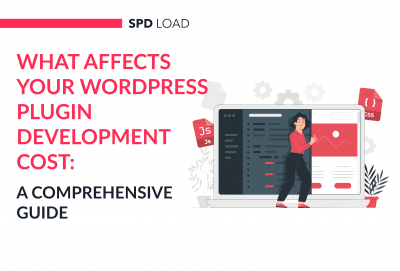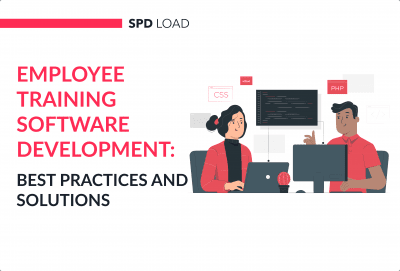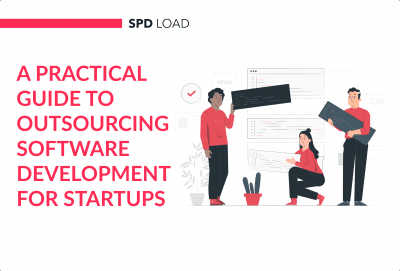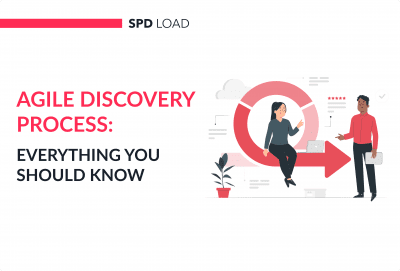Click Trough Rate Calculator
- Created: Apr 09, 2024
- 3 min
If you want to know how to maximize the impact of your online ads, you need to understand their performance first.
Here, we explore the click through rate metric, its importance, and how to calculate it with our CTR calculator.
If you are new to advertising online or already have years of experience, our tool and guide will help you assess the effectiveness of your campaigns.
Let’s dive in.
What is CTR (Click Through Rate)?
CTR is one of the marketing objectives examples. This is a marketing measurement used to calculate how many users clicked on something compared to how many people saw it.
It can be an ad, a link, a button, etc.
This metric is commonly used in online advertising and email marketing software platforms to measure the effectiveness of campaigns.
The higher the CTR, the more effective your ad is.
That means, more people are clicking on it.
Get a strategic MVP to mitigate risks.
What Affects Your CTR?
There are several factors that can influence your CTR results. Let’s explore them.
Factor 1. How relevant is your content?
If your ad or content matches what people are looking for, they’re more likely to click on it.
For example, if someone is searching for “running shoes” and your ad is about running shoes, they’re more likely to click on it.
Factor 2. How visible is your ad?
Where your ad or content is placed can affect how many people see it and click on it.
If it’s prominently displayed or stands out, it may attract more clicks.
Factor 3. What Call-to-Action (CTA) do you use?
Having a clear and compelling call-to-action can encourage people to click.
For instance, using phrases like “Shop Now” or “Learn More” prompts action.
Factor 4. How catchy are your ad copy and creatives?
The words and images you use in your ad or content can impact CTR.
Compelling headlines, engaging visuals, and relevant messaging can entice clicks.
Factor 5. What audience do you target?
By understanding your target audience and customizing your content to match their preferences and interests, you can enhance Click-Through Rates (CTR).
Tailoring your content to resonate with your audience increases the likelihood of them clicking on it.
For example, if you’re targeting young adults interested in sustainable living, creating content about eco-friendly lifestyle tips would likely result in higher CTR compared to generic content.
Factor 6. Is your market competitive?
The level of competition in your industry or market can affect CTR.
If there are many similar ads or content competing for attention, yours may need to stand out more to get clicks.
Overall, creating relevant, engaging, and visible content tailored to your target audience with clear CTAs, can improve your CTR.
Now, let’s see how you can actually measure your CTR with our calculator and why this number is important.
How to Use the CTR Calculator?
Let’s say you have an ad for your online store that was shown to 1000 people.
Out of those 1000 people, 50 clicked on the ad to visit your store.
To calculate CTR, you input these data into our calculator and receive the following estimate:
CTR = (Number of Clicks / Number of Impressions) * 100%
CTR = (50 / 1000) * 100% = 5%
This means your ad has a CTR of 5%. In other words, 5% of the people who saw your ad clicked on it.
CTR Calculation Formula
The formula used in this calculator measures how many users click on an ad or link relative to the total number of impressions (views) the ad receives.
Let’s break down the formula:
[ CTR= Total Clicks\Total Impressions*100% ]
Where:
- Total Clicks: The number of users who clicked on the ad.
- Total Impressions: The total number of times the ad (or link) was shown.
Why is CTR Important?
Click-through rate is an important marketing metric because it shows how effective your content or ads are at getting people to take action.
Here are some benefits you can get when evaluating your CTR:
- CTR helps you see if your content is grabbing people’s attention and making them click.
If your CTR is high, it means more people are interested in what you’re offering.
- In online advertising, a higher CTR often means you’re getting more clicks for the same amount of money.
This can lower your cost per click and make your advertising more cost-effective. To calculate cost per click, use our CPR calculator.
- A high CTR means people are engaging with your content.
They’re not just seeing it; they’re actively interacting with it by clicking on it. This can lead to more conversions, like sales or sign-ups.
- Monitoring CTR allows you to see what’s working and what’s not.
If your CTR is low, you can experiment with different approaches to improve it, such as changing your ad copy or targeting a different audience.
Simply put, CTR helps you understand how many people are interacting with your content by clicking on it. It’s an important metric for measuring the success of your online marketing efforts.
Try our CPM calculator to measure ad efficiency based on cost per thousand impressions.












